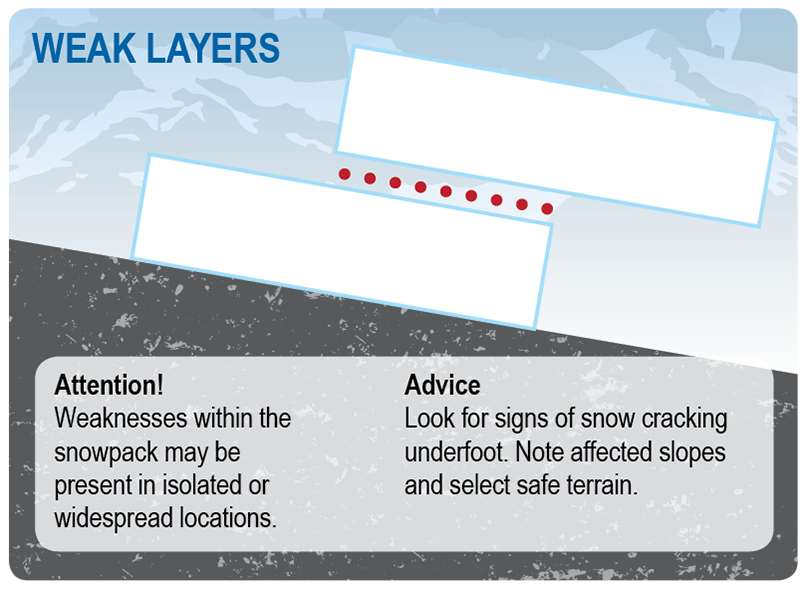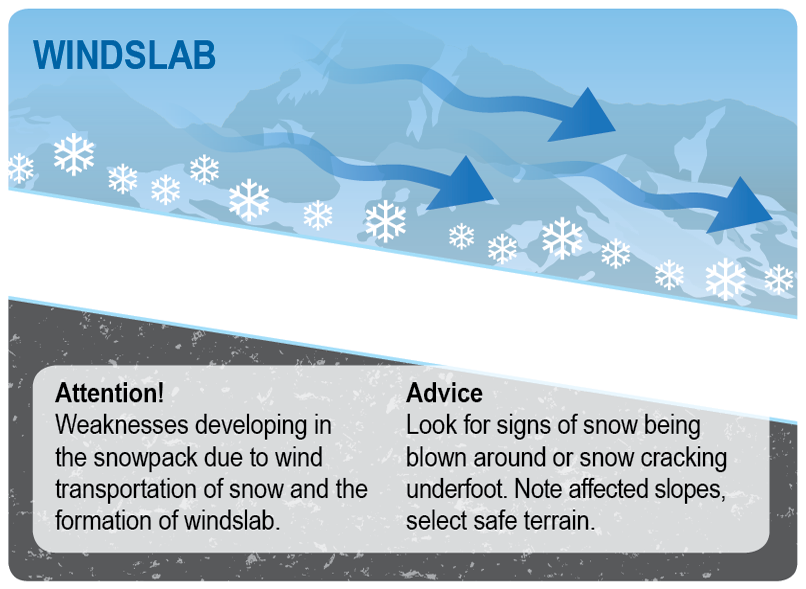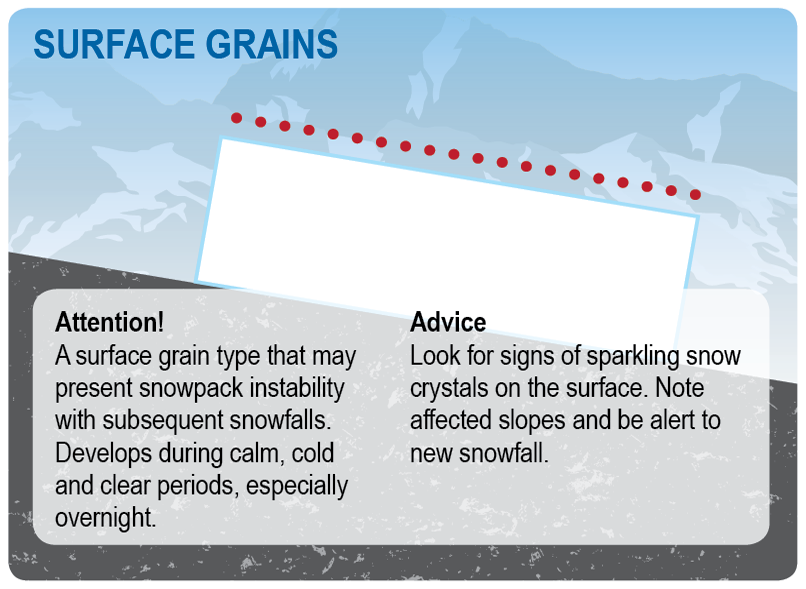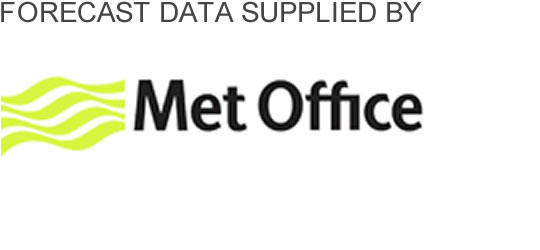Resources
7Key Snow Stability Observations
What do these diagrams mean?
These show the snow stability observations which the avalanche forecaster considers most important and are included in the online avalanche information reports.
So if any of these are highlighted in the avalanche forecast, it is important that you read the reports carefully to establish where the hazard lies. It is also vital that you look for these signs yourself while travelling in the winter mountains.
Complex Terrain & Terrain Trap Examples
8Avalanche Hazard & Travel Advice Table
| Hazard Table | Hazard Description and travel advice |
|---|---|
 Very High |
Widespread natural avalanches will occur – and a single person load will trigger an avalanche on most slopes. Good visibility and route-finding in mountain terrain is essential, as is experience in avalanche hazard evaluation. You should be aware of – and avoid – runout zones at low altitudes, while it’s vital that you manage your group carefully and use mountain features (e.g., ridges and protected slopes) to travel safely. |
 High |
Natural avalanches will occur – and a single person load will trigger an avalanche on some slopes. Good visibility and route-finding in mountain terrain is essential, as is experience in avalanche hazard evaluation. You should be aware of – and avoid – runout zones at low altitudes, while it’s vital that you manage your group carefully and use mountain features (e.g., ridges and protected slopes) to travel safely. |
 Considerable |
Natural avalanches may occur – and a single person load is likely to trigger an avalanche on some slopes. Good visibility and route-finding in mountain terrain is important, as is experience in avalanche hazard evaluation. It’s vital that you manage your group carefully and use mountain features (e.g., ridges and protected slopes) to travel safely. |
 Moderate |
Human-triggered avalanches are possible, so good visibility and good route selection is important, especially in steep locations as indicated in the reports. You should manage your group carefully, keeping good spacing between people to reduce loading on slopes, while using mountain features (e.g., ridges and protected slopes) to travel safely. Low |
 Low |
Human-triggered avalanches not likely. Generally safe travel conditions. |
PDF Downloads
External Links & Resources
-
WHERE TO GET WEATHER FORECAST:
https://www.metoffice.gov.uk/weather/specialist-forecasts/mountain
https://mwis.org.uk/ -
WHERE TO GET AVALANCHE FORECAST REPORTS:
www.sais.gov.uk
www.avalanches.org -
WHERE TO GET Mountain ACTIVITY information:
www.mcofs.org.uk
www.thebmc.co.uk
Mountain Rescue - Call 999 or 112
Be prepared to supply the following informtion:
- Who is calling: name, phone number, location.
- What happened?
- Where did the accident happen?
- When did the accident happen?
- How many completely buried victims?
- Weather in the area?
- Avalanche beacons worn?
This initative has
been funded by
been funded by
Collaborative Agencies
- sportscotland Avalanche Information Service
- Snow And Avalanche Foundation of Scotland
- British Mountain Guides
- Glenmore Lodge National Outdoor Training Centre Scotland
- Plas y Brenin National Outdoor Training Centre England
- Mountaineering Council of Scotland
- British Association of Ski Patrollers
- British Mountaineering Council
- Police Scotland
- Mountain Rescue Committee of Scotland
- Scottish Mountaineering Club
- British Association of International Mountain Leaders
- Mountain Training UK
- Mountain Training Scotland
- Association of Mountaineering Instructors
- SLF (Snow and Avalanche Research) Switzerland













